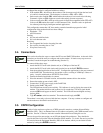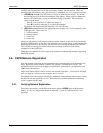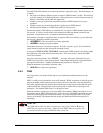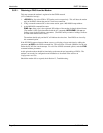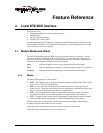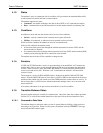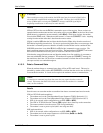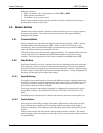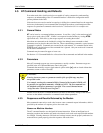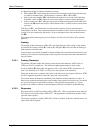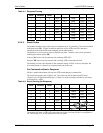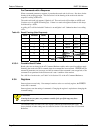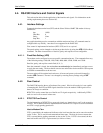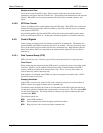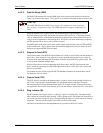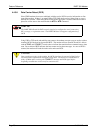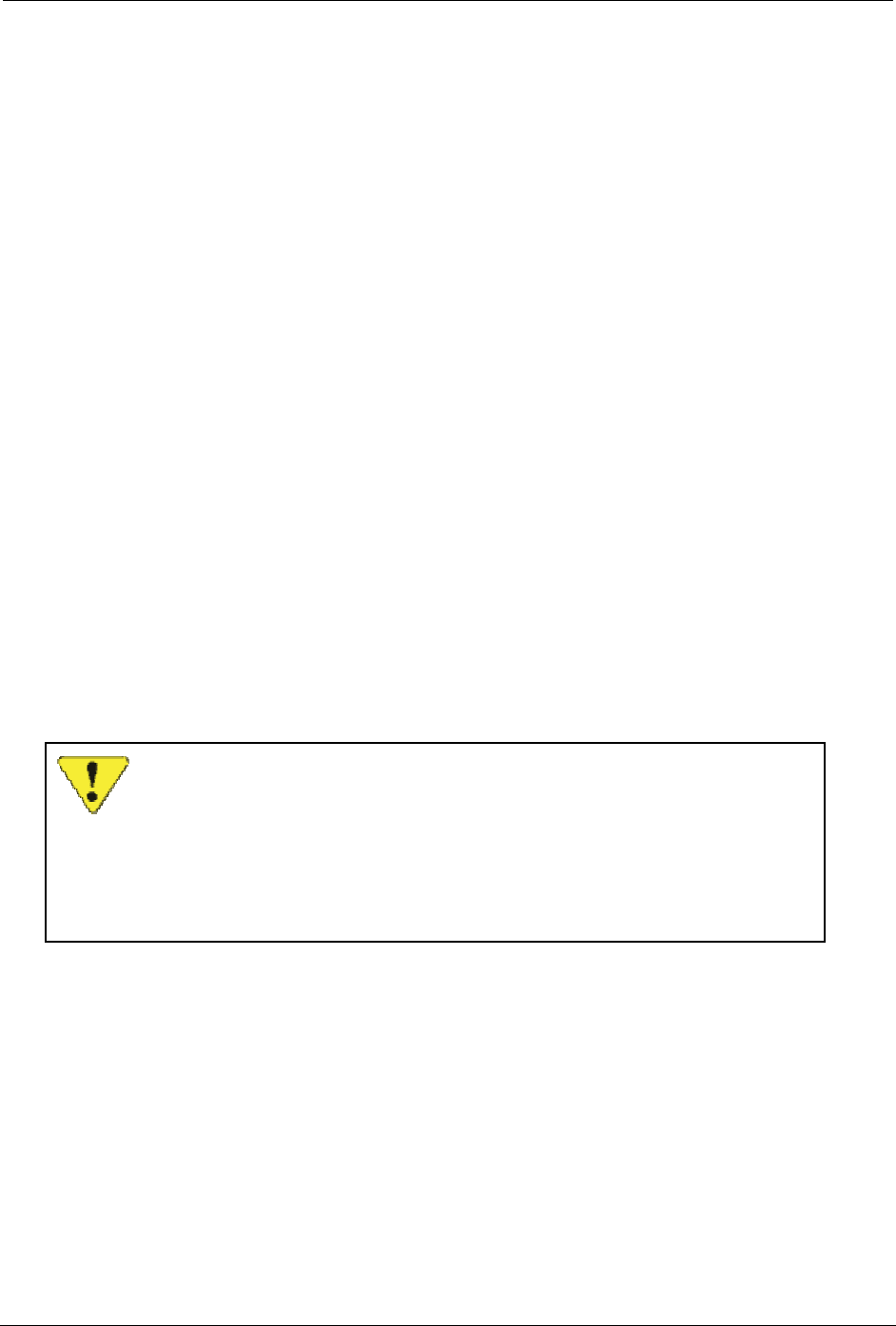
User’s Guide Local DTE/DCE Interface
2110212 Rev 1.0 Page 21
4.3. AT Command Handling and Defaults
Even when used with a local host device not capable of issuing commands or understanding
responses, an understanding of the AT command interface is needed for configuration and to
prevent problems in the field.
If the user does not exercise caution in exposing (or hiding) the command interface, the target host
device may inadvertently issue commands that reconfigure the modem, or misinterpret modem
responses as operational commands to the host device. See Section 8.4.1 for a sample case.
4.3.1. General Notes
AT can be issued as a command without parameters. It acts like a “ping” to the modem and will
always give a result code of “OK”. If there is no response from the modem, try issuing ATQ0
(Quiet mode off). If this fails, try the escape sequence or resetting the modem.
More than one command can be included in a single line although some commands or their
parameters must be placed at the end of the line. When concatenating commands, a space between
commands is optional. Commands are executed in the order entered. If a command results in the
ERROR result code the balance of the command line is ignored. Only one result code is returned
for the entire command line.
Commands may be entered in upper or lower case.
See Section 4.2.1 Command Buffer for a discussion of how commands are buffered in the modem.
4.3.2. Parameters
Most AT commands support one or more parameters, usually a number. Parameter ranges are
specified in the AT Command Reference later in this guide.
Commands that normally accept a single numeric option switch ([n]) and are issued without that
parameter, assume a value of zero (0).
CAUTION:
Entering incorrect syntax or a parameter outside of the specified range may have
unexpected results.
For example, entering the command AT&D=2 (instead of the intended AT&D2) will
be parsed as two appended commands: AT&D0 and AT=2. The first command uses
the 0 default as though no parameter is specified. The second command means
“assign the value 2 to the last used S-register”.
Defaults shown in the AT Command Reference are those for the factory settings of the modem
and are not the defaults assumed for a command issued without parameters.
4.3.3. Responses and Results Returned by the Modem
Most commands return only a result code; however some commands request information, which is
provided by the modem as a response prior to the result code.
Human vs. Machine Interface
The AT command interface was designed for human interaction. When an intelligent host is
managing a modem, the interface may need to be altered; result code words replaced with numbers
for example. Framing characters (line feeds and carriage returns) must be properly understood to
ensure the host system properly parses the responses and result codes.



